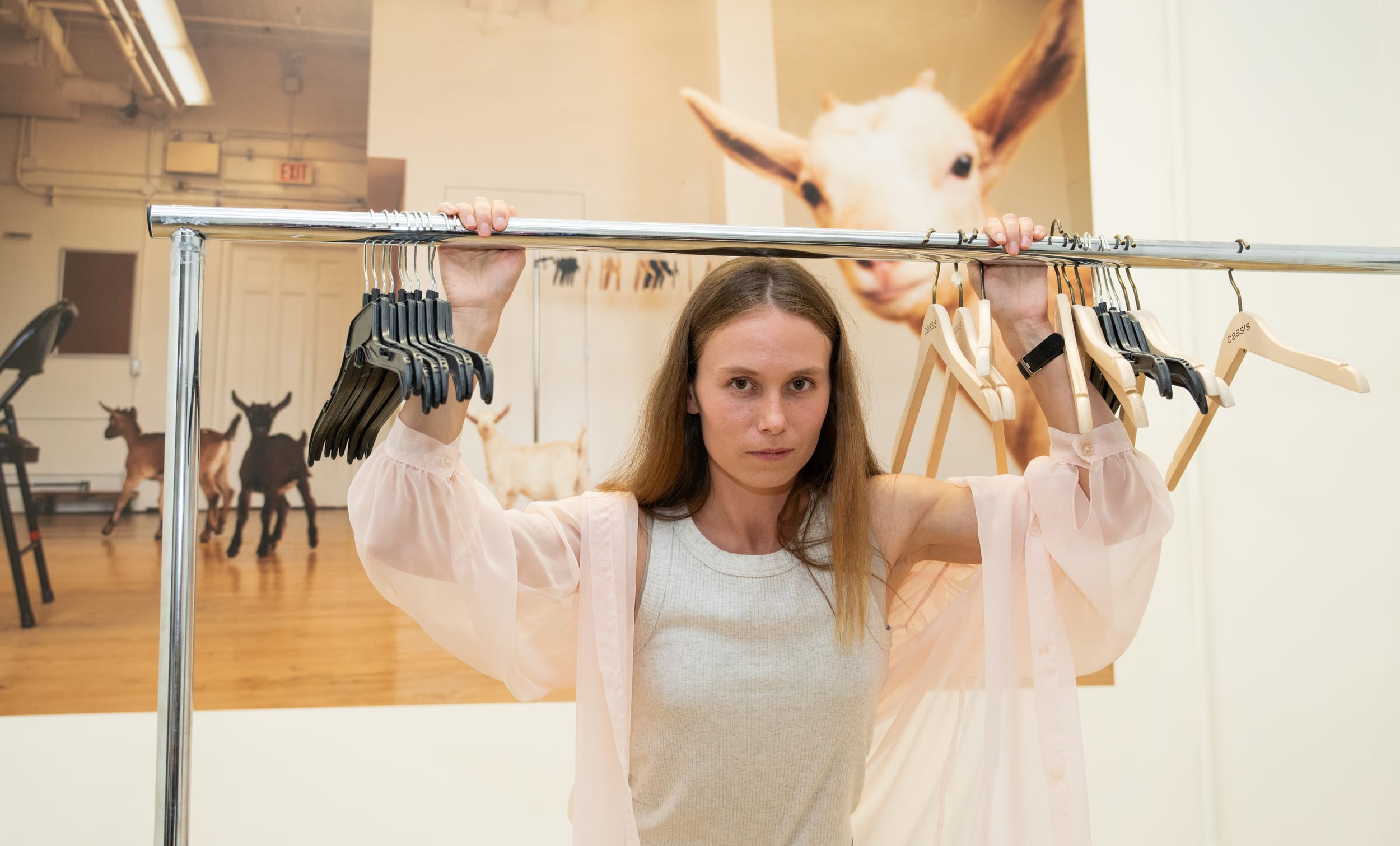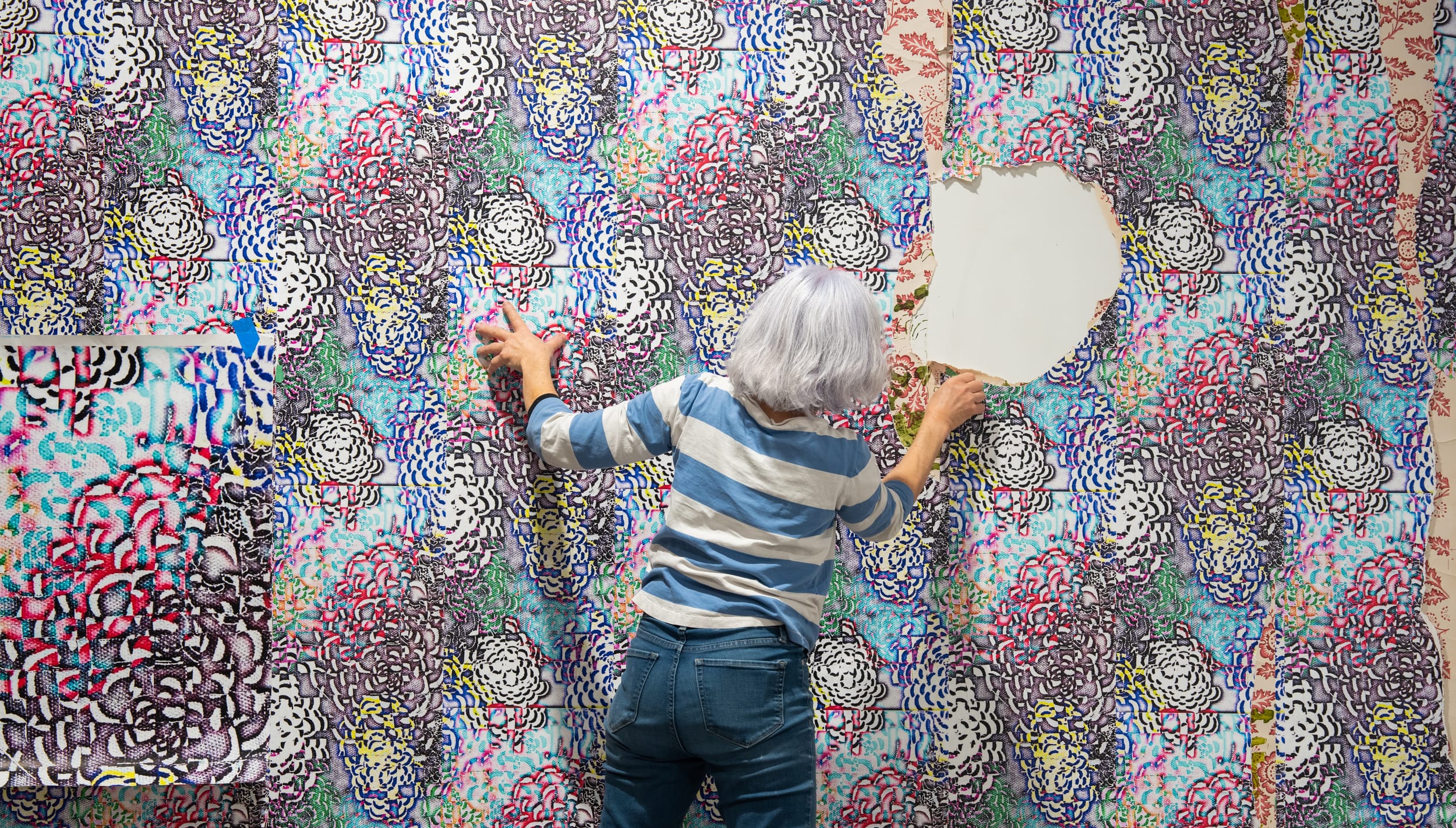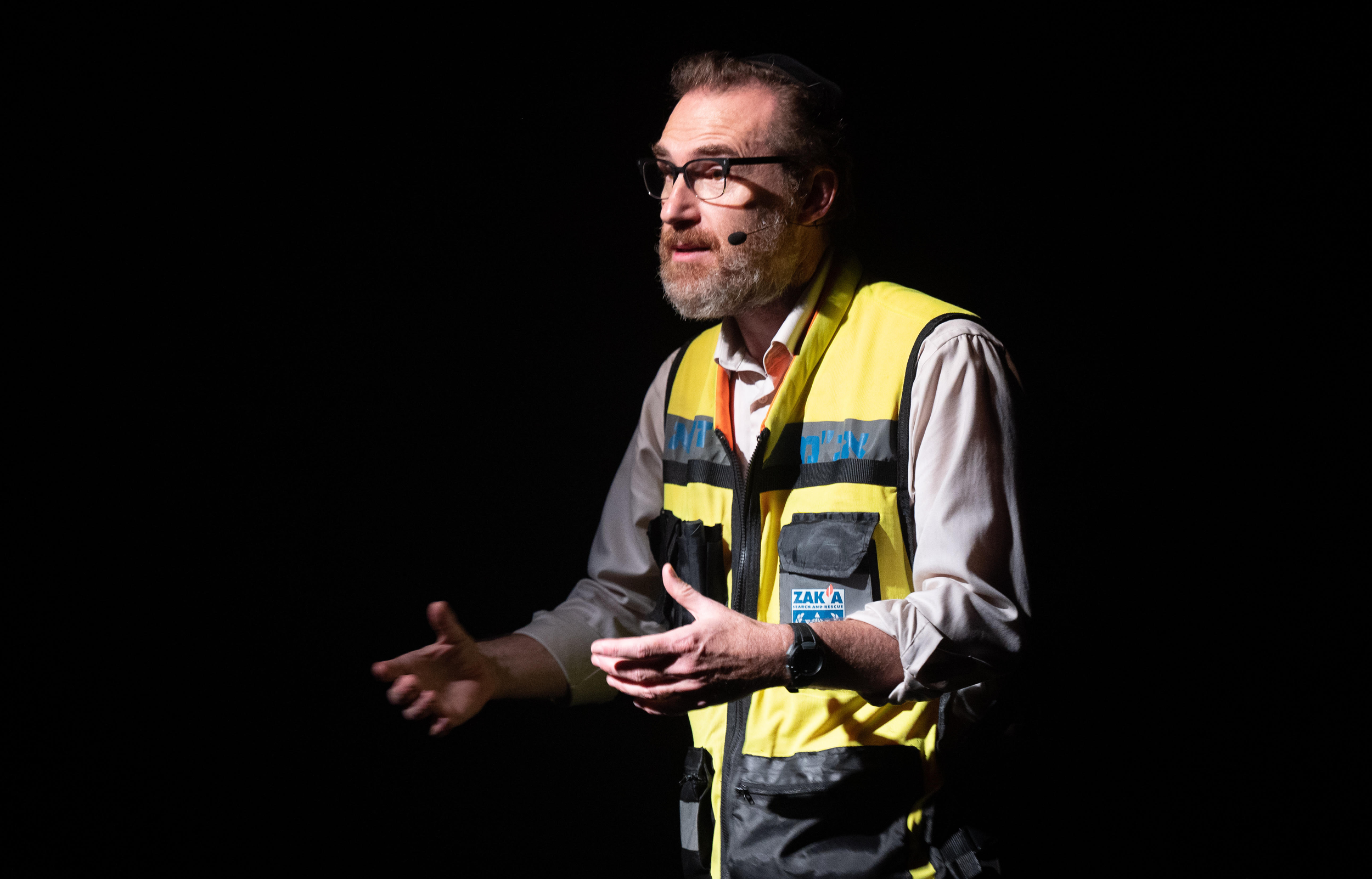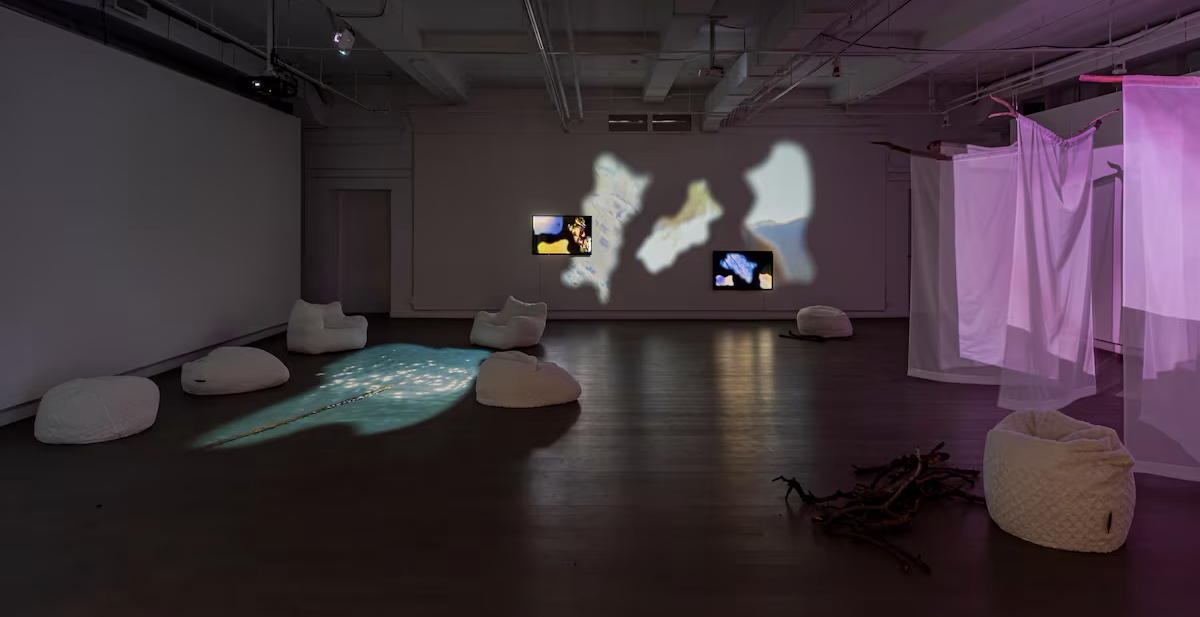Here, There, and Everywhere: On Memory and Place
What happens when we stand in front of a memorial or any sort of commemorative endeavour far from the site where the trauma occurred?
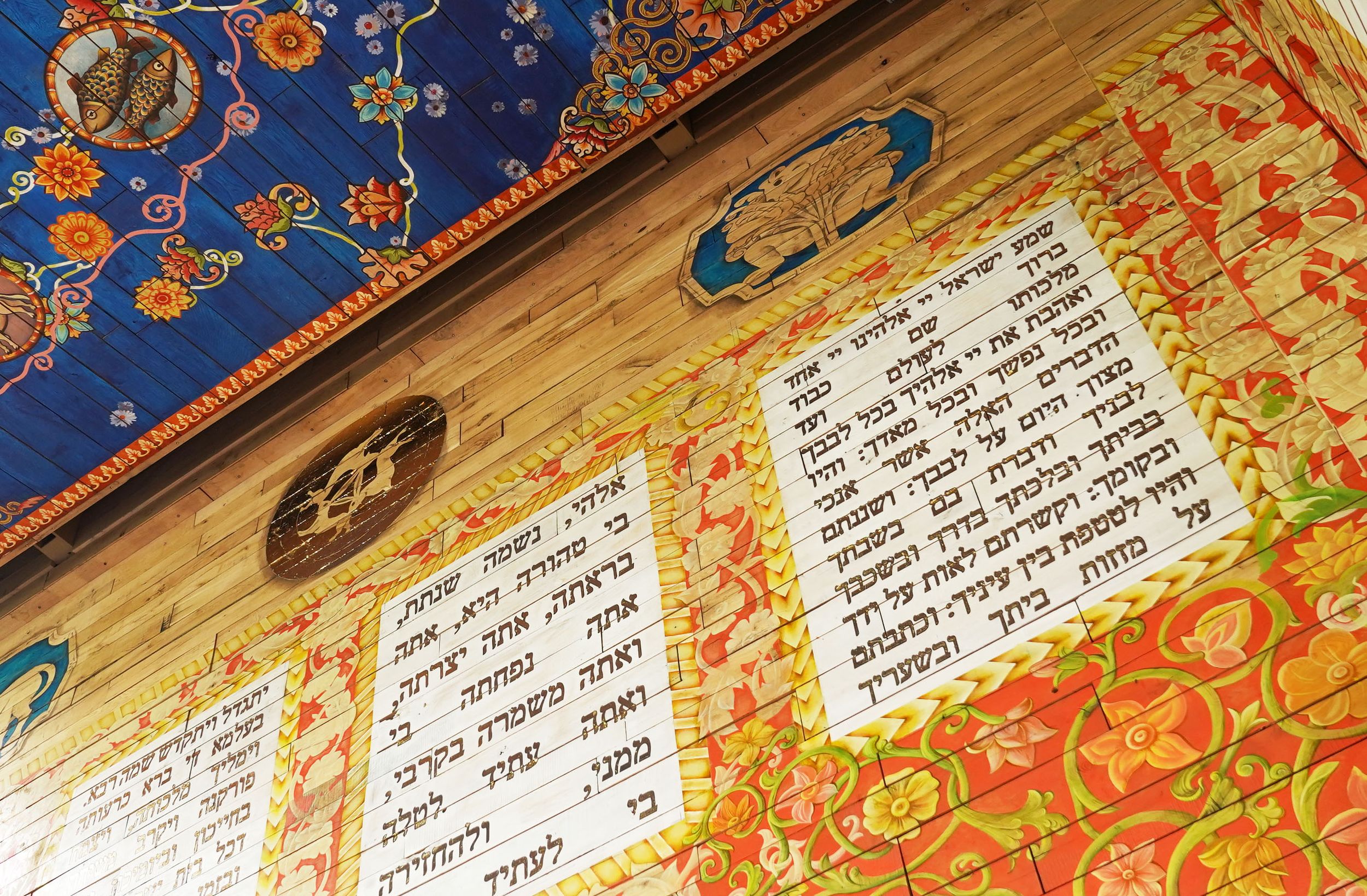
The following is an edited transcript of the talk delivered by Dr. Shelley Hornstein at the Koffler Centre of the Arts on August 27, 2023, entitled "Here, There, and Everywhere: Synagogues, Memorials, and Place". Dr. Hornstein is Senior Scholar and Professor Emerita of Architectural History and Urban Culture at York University.
*
While I was preparing for this talk, I read a review of the novel The Memory Police by the Japanese writer Yoko Ogawa, which has recently been translated and published in English. What interested me in particular is its premise—that on this fictitious island somewhere off the coast of Japan, classes of objects suddenly begin to disappear. The first things to go are relatively minor—stamps and ribbons—then photographs, the loss of which are obviously more tragic, then even bigger items, such as boats.
Don’t forget, this is an island, so how are you going to get to or from anywhere if there aren’t any boats? Curiously, most of the island’s inhabitants don't even seem to notice what’s happening, because not only do the things themselves disappear, but so too does their memory of them. And as their memories of these things disappear, it’s as though they never existed in the first place.
But a select few people on the island do want or try to remember, they want to hold on to the idea of remembering. And so they in turn are pursued by the memory police of the book’s title, who are charged with enforcing people’s collective forgetting.
The premise alone is incredibly unsettling. When objects begin to disappear from our memory, we could say that they also disappear from life altogether. A building might be demolished, but of course we can retain the memory of it. What happens when the memory of the thing itself also disappears? And then even the memory of forgetting the thing also disappears as well?
When we read a novel, we create, in our mind's eye, the place where this fictional story occurs. We have characters, we have faces even—maybe they're a little fuzzy—but we also have a sense of its architectural space in our mind's eye. We personalize. Everything that's going on in that novel, the place being described, it’s as if we have invented this world creatively. So we might also say that a place exists not only on its actual physical, geographic ground, where that object is built, or is located on a map, but it also exists in our internal imagined world.
How many times have you seen a movie based on a book you’ve read, and you think to yourself, “I don't know, that’s just not what I imagined”? It's not the same thing, it's another place. That's how powerful your imagination is, and architectural.
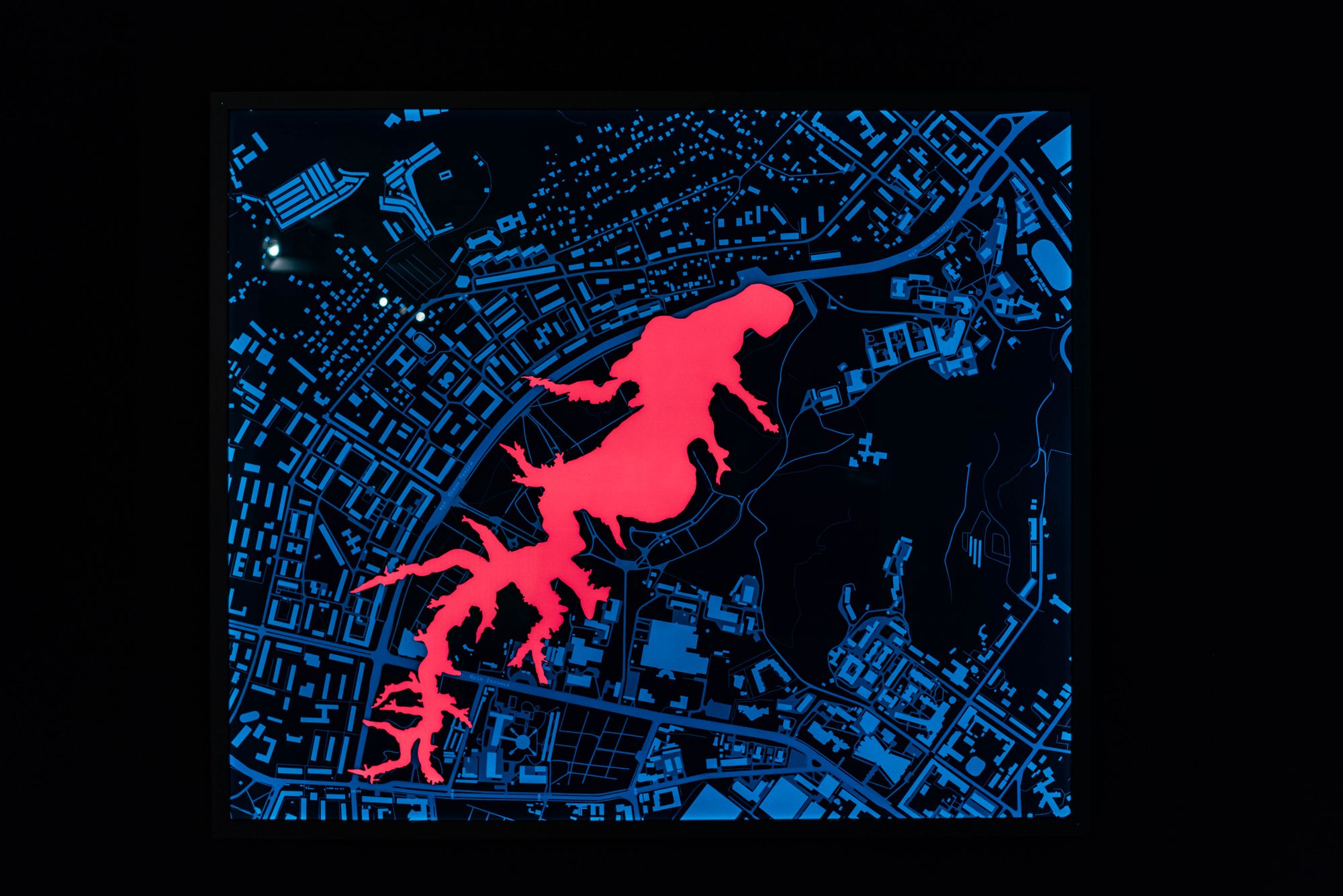
So here in this exhibition space, we are presented with images, texts, and models about a site of horror, a site of unspeakable and truly unimaginable mass murder, even though we might believe, falsely, that we can conjure up the horror visually. It's impossible. And that is what we are confronted with in this exhibition, a challenge in a sense.
Two thoughts arise for me. One is whether the images you see in this room, and this model representing the new synagogue at Babyn Yar, are capable of conveying what actually took place across the Atlantic. A second consideration: might these images and this model serve as a commemorative endeavor? Can the physical objects in this gallery space, everything taken together, be a form of memorialization? In the way that these photographs and objects in this exhibition inspire thoughts, inspire conversation, debate, learning, reflection, and even mourning.
What we are all doing as we move about this space, is to reflect on the far reaching devastation of the Holocaust, but also of racism, of antisemitism, of eugenics, all of which continue to resonate and occupy our everyday lives more so than we ever imagined would be the case. This is precisely what we do when we are in front of a memorial.
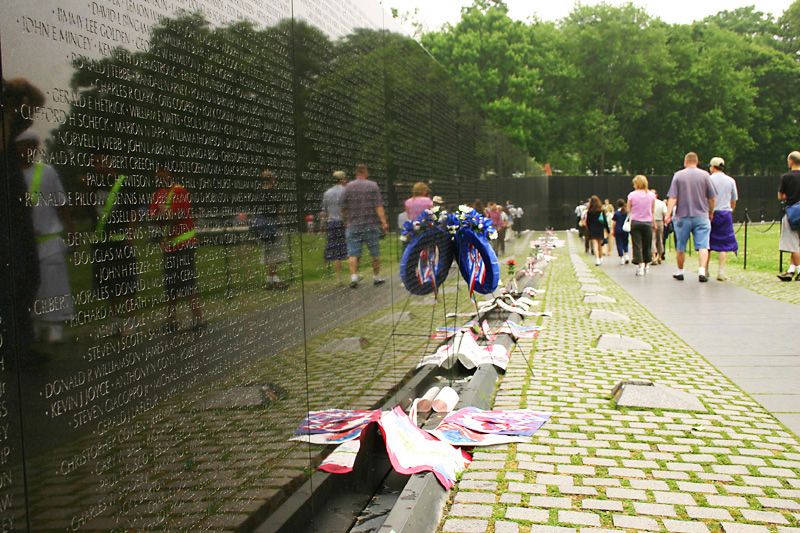
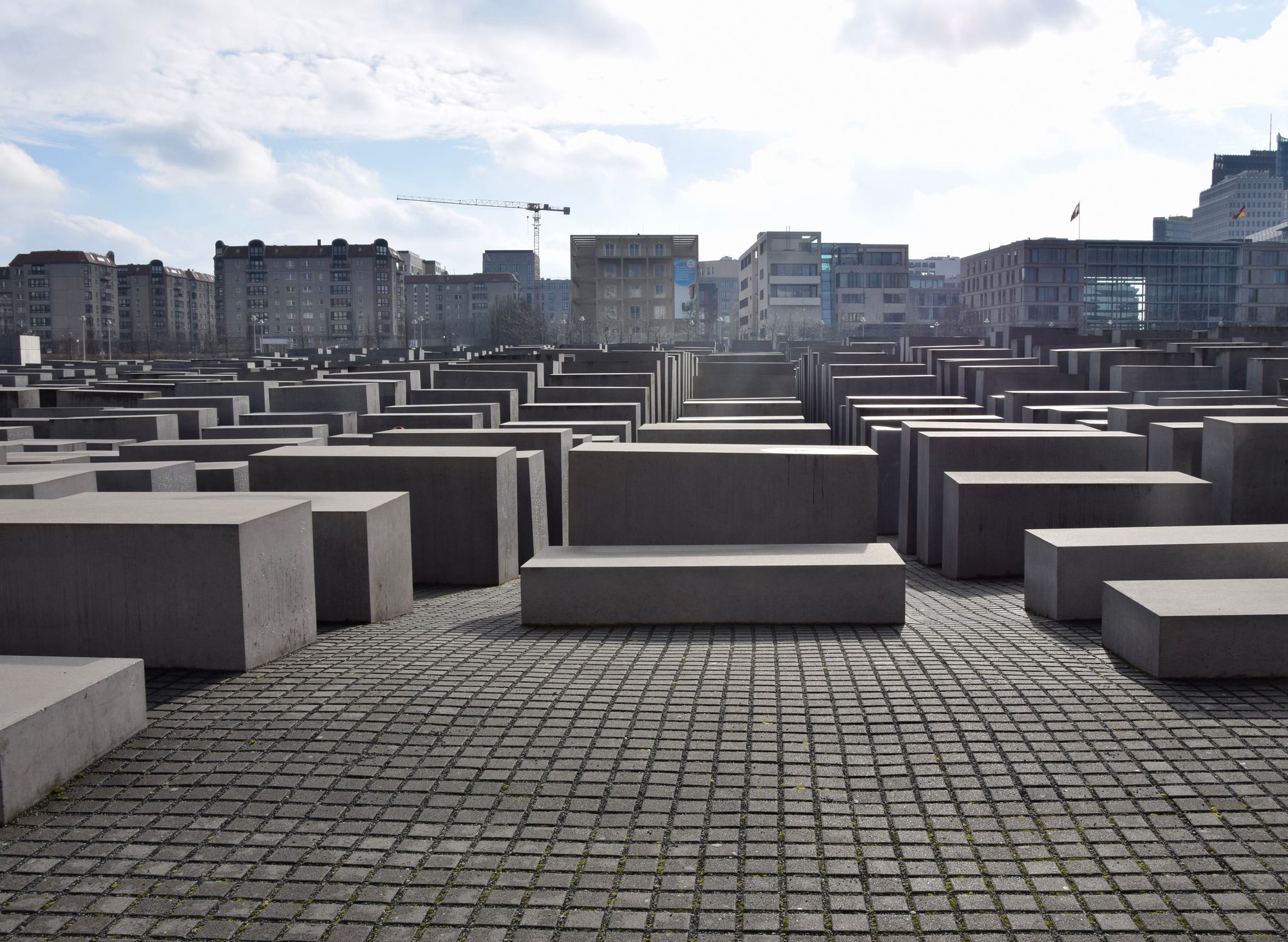

Here we have examples of three memorials.
First, we have Maya Lin's Vietnam Veterans Memorial in Washington, D. C., built in 1982. Obviously it is not built on the physical ground of Vietnam, but in the United States capital. And yet, it still stirs an emotional connection for those who visit.
Then we have Peter Eisenman's Memorial to the Murdered Jews in Europe in Berlin, a memorial to the Holocaust. It is built on German soil, but it is not built at the site of where the killings took place.
And we also have the spontaneous memorial that was created in front of the Bataclan, the theatre and music venue in Paris where more than 100 concertgoers were killed in a terrorist attack in November 2015.
Memorials have lives, they live out their lives. Because typically a memorial is built by those fictive kin who come together to ensure that a memorial is built to something, to someone, on a particular site. That life can work for a certain period of time and then it goes through various cycles.
We could say that these tragic events that happened at Babyn Yar during the Second World War didn't have much of a life at first. In the Soviet Union, it wasn't talked about very much. It was more or less buried, one could say, ironically. And now it's being, in a sense, resurrected, so that we can think about it again. It’s a kind of second life for Babyn Yar.
To come back to the theme of remembering, the act of remembering is central to Judaism, as it is in many cultures and religions. One's learning in Judaism, Shabbat, the oral laws and tradition, is passed down through oral traditions and through memory. To remember, zachor, the Jewish imperative, is a verb, meaning it's an action. One must remember actively.
It's really important to think of memory as something that needs to be activated. That’s the purpose for which our engagement here in this gallery is enlisted. These objects, texts, videos, and models actively encourage us, they invite us to mobilize our ability to remember, or to learn and then to remember. Because we can't remember something we don’t know anything about.
So what we have in this space are things that represent and tell the story of something else. These things are not the thing itself. This model of this synagogue is not the synagogue itself. These are references to and representations of that place. It's a fictional play, really, that relates visually and three dimensionally.
When we look at the model replica of Manuel Herz’s synagogue at Babyn Yar, what we don’t get is the scale, how it relates to its surrounding geography, the sounds of nature and people moving around. It doesn’t have that immersive, three-dimensional quality one has in its physical space.
We could say then, to no small degree, dramatic license has been taken with this model and with this representation. We can marvel at its construction, how it's aesthetically gorgeous, we can note the biblical references in its design. It suggests something to explore. It works on our imagination.
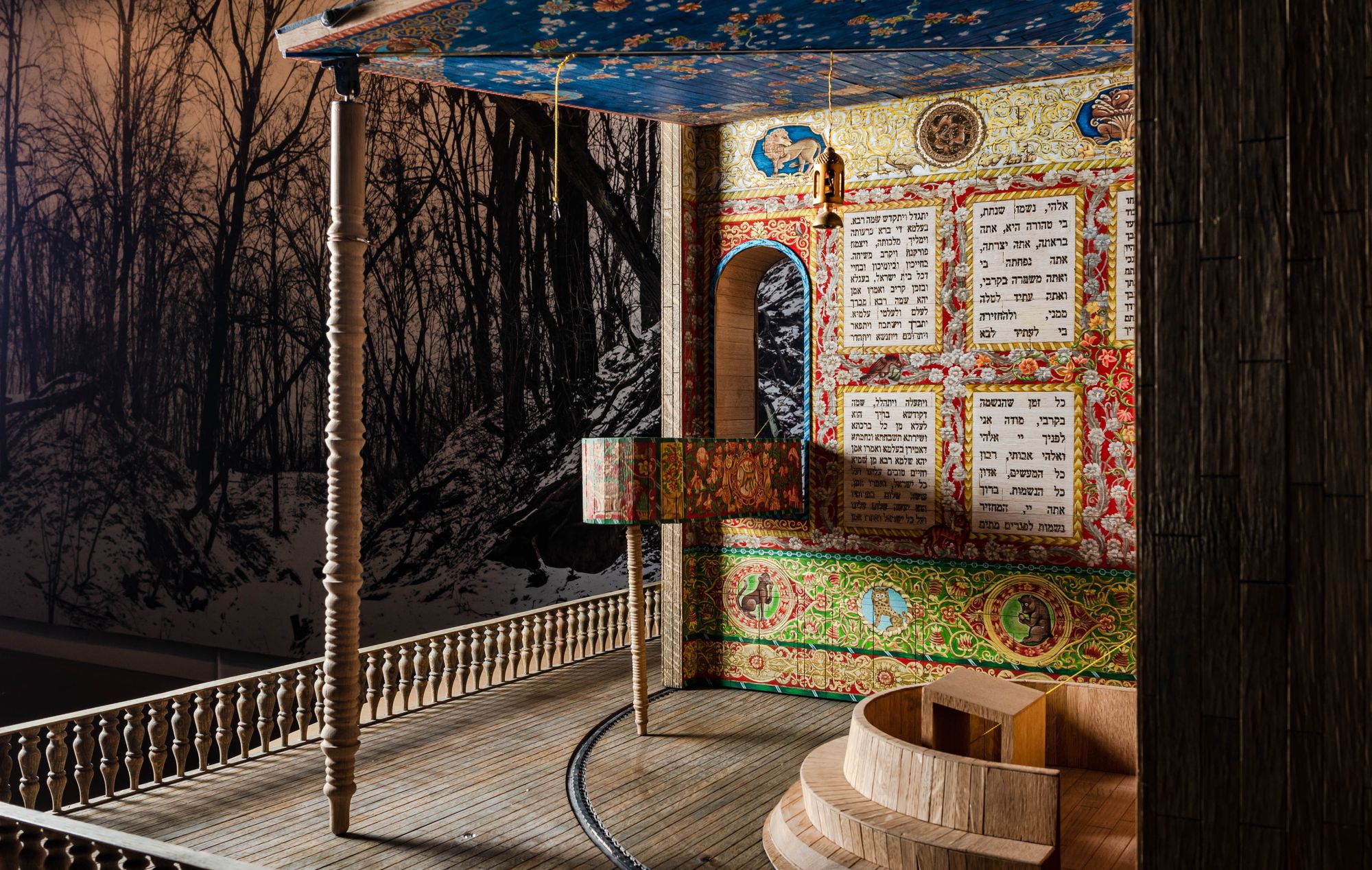
Claude Lanzmann, director of the documentary Shoah, once said of his film il fait travailler l'imagination. It works—that's a verb—works the imagination. It's an active engagement with the imagination in the same way that this model does for us here in this space in Toronto. It's a way of giving us something here and now. A presence, but at the same time, it underscores an absence. We're not there and we don't have the actual object here.
But that active engagement with the imagination is a way of giving us that absence—of the voices and the horrors of the massacres and historically which lie outside our spatial and temporal mindset. And as my late colleague, the art historian Carol Zemel wrote, “It is easy enough to understand the notion that time dims the power of history to stir outrage or moral concern.” So then, how do these images and this model assist us to better understand the magnitude of the murders, the horrors, the cloak of trauma. What role does a synagogue play in this story?
Why build a synagogue at Babyn Yar? Typically, you might say, let's build a memorial. What's a memorial? Well, it's all kinds of different things nowadays. Once upon a time it was a big stone, it was a block, it was something monolithic. Now it's morphed into other kinds of forms. But why build, in particular, a synagogue, and what role does synagogue play in this story? Is the synagogue a memorial? Has Manuel Hertz, the architect, conceived it as such? And since we have been talking about objects somewhere that are fixed to a ground, to a geography, then this synagogue, or its representation here, asks us to consider the role of a synagogue altogether.
And specifically as it relates to this tragedy at Babyn Yar.
First off, we can say that a synagogue is a place of Jewish worship, and a place where Jewishness is central. To build a synagogue in that place sends a strong message about what it means to be Jewish there and anywhere.
A synagogue is also a site of community, of congregation, of bringing together people to pray, because, after all, it’s a house of prayer. But the Greek definition, the origin of the word, is actually a place of gathering, a place of assembly, a place that unites and marks the spot where Jews in particular can be together with one another, though in a spirit of welcome to others.
So this model of Herz’s synagogue, among other meanings, is a touchstone—symbolically, to a place elsewhere. A touchstone to help us remember, as a memorial would have us do, that place and those murders and that history. Just as other memorials that I've talked about briefly are reminders, are objects that ask us to consider something outside of themselves, so that they become a springboard to something else.
More often than not memorials relay us, in other words, to that story or to that place. We can think about Rachel's tomb, biblically, where a stone was placed on the site of her burial, as the story goes in Genesis. It is perhaps the first burial monument ever recorded, so this site became and continues to be—although highly controversial, I know today— the memorial to a person. To Rachel, a touchstone to Rachel.
So taken together then, these objects in the exhibition are what I call scriptive things. What do I mean by scriptive? It's the ways in which these things prompt or choreograph our actions, our behavior. If we think about it carefully, and we take note of ourselves being in this place, in this gallery space, we can understand that we are activating action. We are remembering, actively, the things in this place. We are interacting with them. So rather than seeing the objects without meaning, placed on a table, we are locating the objects historically, on the one hand, while interacting with them in the present moment.
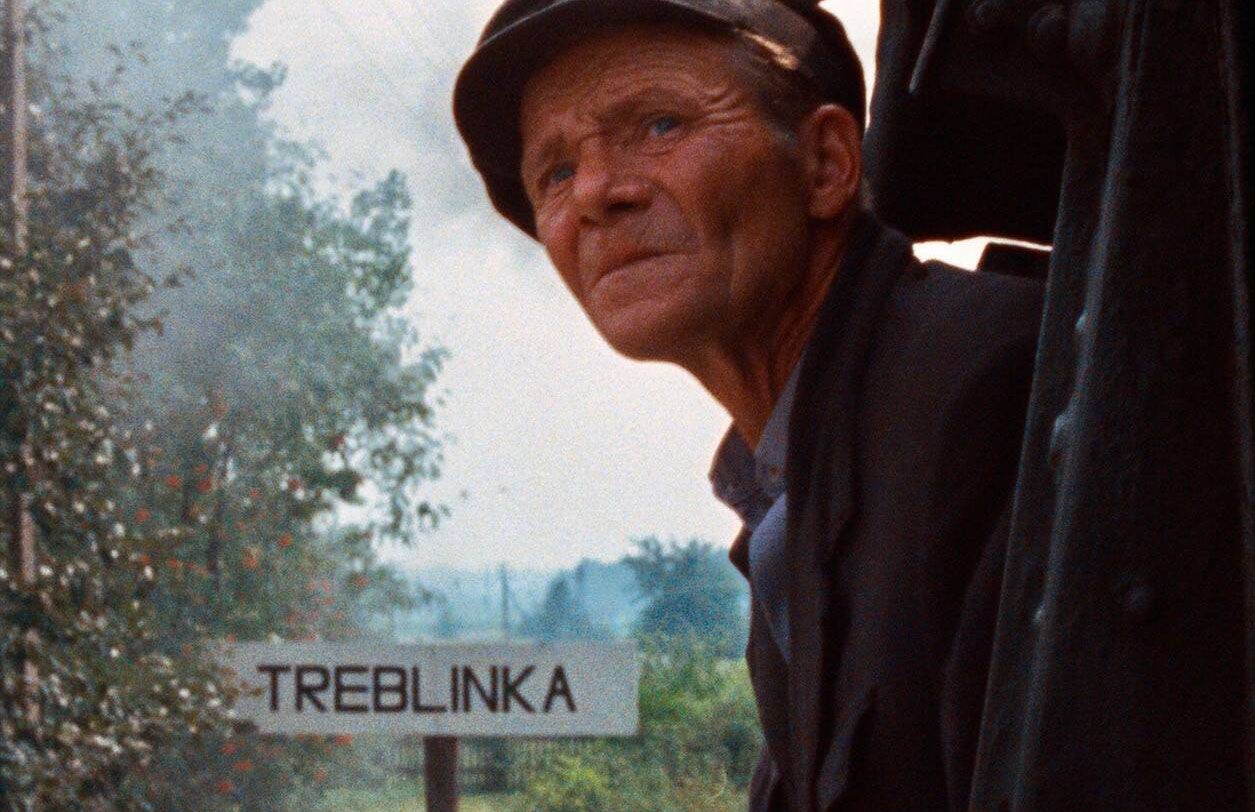
We are performing, really. We are, with our bodies and our minds, moving about this space in the tradition of performance and the stories we're putting together as we link one object with the next—photographs, the model, the depiction of the synagogue’s ceiling, the texts adorning the synagogue’s walls, the doll houses, and pop-up books, and so on.
In this exhibition what we see are things that help us tell a story and give us, as the great philosopher Walter Benjamin wrote, an appreciation of the transience of things and the concern to rescue them for eternity.
And another author, Yosef Yerushalmi, author of a wonderful little book entitled Zakhor: Jewish History and Jewish Memory, published in 1982, explains that the value of the Passover Seder in Judaism is the live event of the telling, “the telling of the story, so that we continue to imagine ourselves present at the exodus from Egypt.”
Memory stays alive, he says, vibrant, through the performance of the telling of this story. I should say that for those of you who don’t know what a Passover Seder is, many of us, especially kids, get incredibly bored after a certain amount of time. It's terribly long, there's telling of this story, and we all laugh about it and carry on. Then we repeat it every year, in spite of all of that. We may jump over sections, but the crux remains that we are still trying to tell a story and engage with it. Yerushalmi tells us that the events of history matter, but more so it is the enactment, he says, of the events through the stories that ensure that memory is anchored, and actively engaged. To read about something on a page may not activate in the same way.
In the end, I think this exhibition invites us to study, to look, to awaken, perhaps, what we forgot, or what the world hoped to forget, or what we may not have ever even known. Here in this place, we begin to tell the story to each other, to ourselves, and we no longer ignore or avoid, but rather confront the story.
Because we know full well how fleeting memory is, how easy it is to forget. How much the memory police would like us to forget. This exhibition's imperative is to call on us to participate, to perform, to remember here, there, and everywhere.


